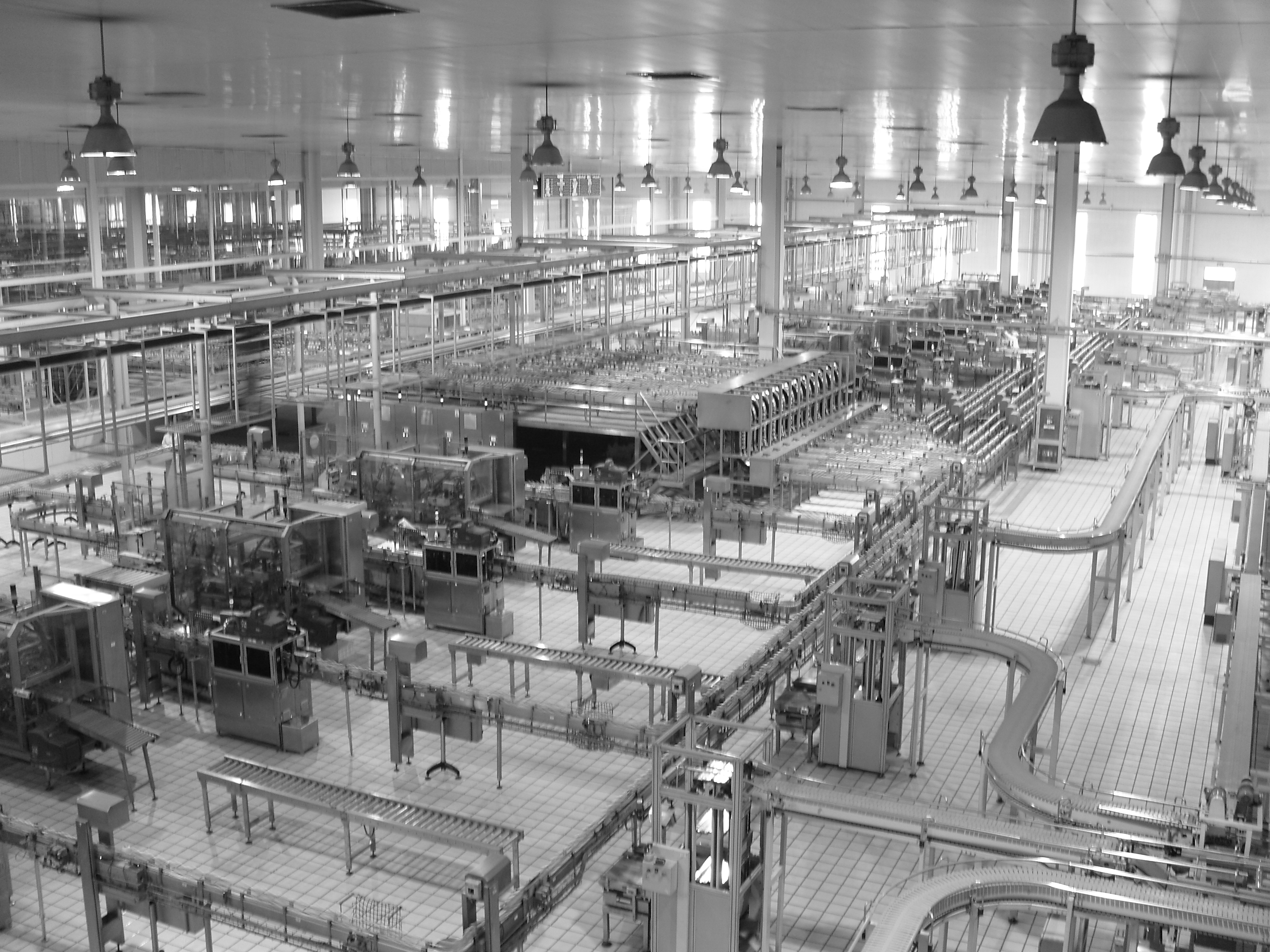
Growth. It’s what everyone craves. George Osborne promises it, the Labour party says he can’t deliver it, Greece needs it, China is running out of it. But what actually is growth? And is it really the answer to all our problems?
1. What is it that’s growing?
What’s growing is output, which is measured as Gross Domestic Product (GDP): the total amount that is produced by an economy.
A simple analogy of the economy is as a machine that turns input into output, where inputs like land, labour, raw materials and machinery are used to create goods and services that we need, like food, medicine, haircuts, etc. Growth means that the machine is making more products and services like food, medicine or haircuts than it was at some point in the past.
2. There are two kinds of growth.
Growth either comes from more resources being fed into the economy or new methods being used to get more from the same amount of resources. So, the discovery of a new oil well causes growth in the first way, while a new technique to manufacture cars using less energy causes growth in the second way, because it frees up some resources that can be used for something else. The first method of growth I’m going to call ‘Type 1’ growth and the second kind ‘Type 2’.
Australia is currently experiencing a lot of Type 1 growth, because there are a lot of resources underneath the dirt that mining companies are digging out and selling. This isn’t growth the UK can copy, as we don’t have those resources.
Another example of Type 1 growth is population increase. In a capitalist economy, people are treated as resources, called labour. If your population increases, then you have increased your resources. This is one of the driving factors behind the UK’s recent growth: the UK has 3 million more people living in it than in 2008, and an increase in human resources is inevitably going to lead to economic growth.
3. Growth isn’t always measured in the place it originated.
It’s difficult to know where any particular growth ‘comes from’. Growth doesn’t necessarily appear where it is generated.
Consider this – a new efficiency (Type 2 growth) is discovered in the Chinese manufacturing industry. Putting up suicide nets in a Foxconn factory reduces the loss of human labour and means fewer resources have to be spent on recruitment to replace the workers who took their own lives. If Apple, a client of Foxconn, is able to negotiate well enough, it can take the savings from recruitment for itself and reduce the price it pays Foxconn to manufacture devices. This means Apple’s profits increase, and thus the Type 2 growth is measured in US GDP and not China.
This is an extreme example, but the key part is the negotiation between the two corporations. Where the growth is measured depends on how that transpires.
4. Growth doesn’t care who benefits from it.
If the economy grows, all it means is that more goods and services were produced in the country. But because those goods and services can be distributed in any conceivable way, there is no guarantee that the growth will benefit you. It is absolutely possible that all growth of the economy can benefit only the upper echelons of society with no positive impact on the average person’s life.
In fact…
5. Growth can make you worse-off.
One way to get Type 2 growth is to cut wages and then to use the savings to purchase more capital – e.g. machines, office buildings, seeds. Your labour is a resource. Thus, the government has a major incentive to make sure your life is as terrible as possible, because it’ll all show up in the growth figures.
Ideally every member of the working class would live in a hole in the ground subsisting on gruel, but at the moment that’s politically untenable. For now. Expect to see this is a future Conservative manifesto.
Okay, that was a joke, but our lives could get much worse as a result of the insatiable need for growth, because…
6. The environment doesn’t show up in the GDP figures.
If you demolished a working coat factory in order to build a cement-works, you would have less growth than if you just built the cement-works on land that wasn’t currently being used. This is because the coat factory is assigned a value in the economy.
An example of something that isn’t assigned a value in the economy is the level of carbon dioxide in the air, the biodiversity in the countryside, the nitrogen cycle, pollution-free air, pollution-free water, the amount of tree coverage across the country, the list goes on (these are known as externalities). All of these things are essentially worth nothing when it comes to growth in the short term. Which means if you exchange one of them for something that is worth something, you won’t see a trade-off, like with the coat factory example, but simply a large gain.
We see this today with fracking, shale, and tar sands fossil-fuel extraction. These methods provide Type 1 growth in exchange for massive amounts of pollution and damage to the planet. And yet because such damage isn’t seen as an exchange when it comes to growth, the government has very little incentive to discourage these activities.